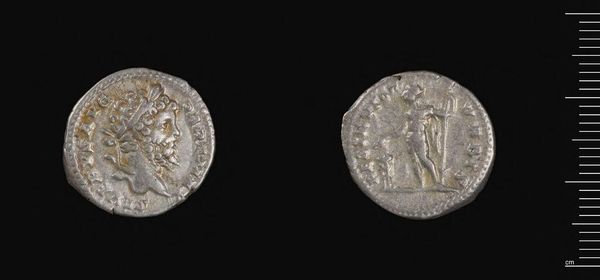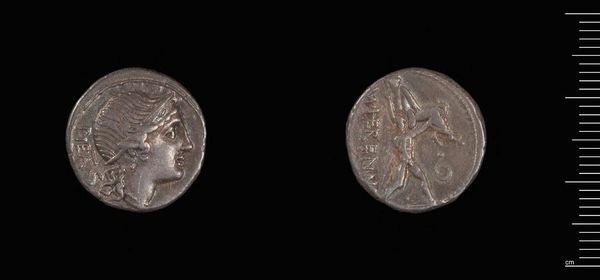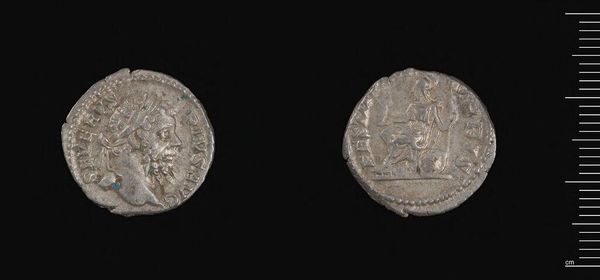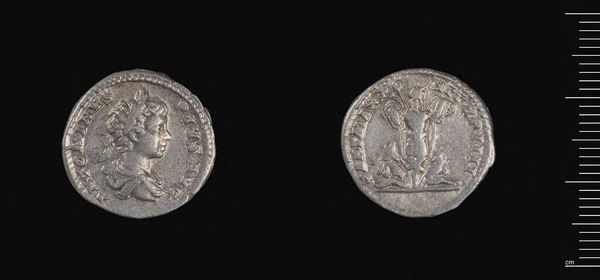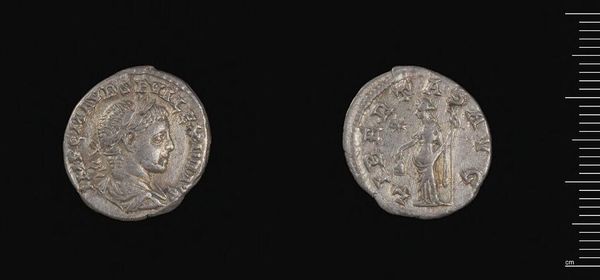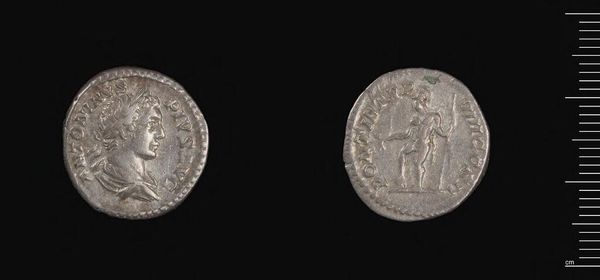
Coin of Aesillas as Quaestor in Macedonia (forgery) 90 BCE - 70 BCE
0:00
0:00
Dimensions: 4.75 g
Copyright: CC0 1.0
Editor: So, this is a silver coin, a "Coin of Aesillas as Quaestor in Macedonia," but it's noted as a forgery. What strikes me is how much information and power it represents despite its small size. How do you interpret the significance of this coin, especially considering its contested authenticity? Curator: It’s fascinating how objects, even forgeries, accrue meaning. Coins weren't just currency; they were propaganda. Aesillas, as quaestor, used this imagery to project authority, but the forgery raises questions about whose power it aimed to undermine or co-opt. How does the act of replication itself affect our understanding of the original's purpose? Editor: That's a good question. It makes me think about how images of power circulate and how easily they can be manipulated, even back then. Curator: Precisely. It highlights the inherently political nature of imagery and its reception. The forgery, in a way, amplifies that message, revealing the anxieties and power dynamics at play in ancient Macedonia.
Comments
No comments
Be the first to comment and join the conversation on the ultimate creative platform.
